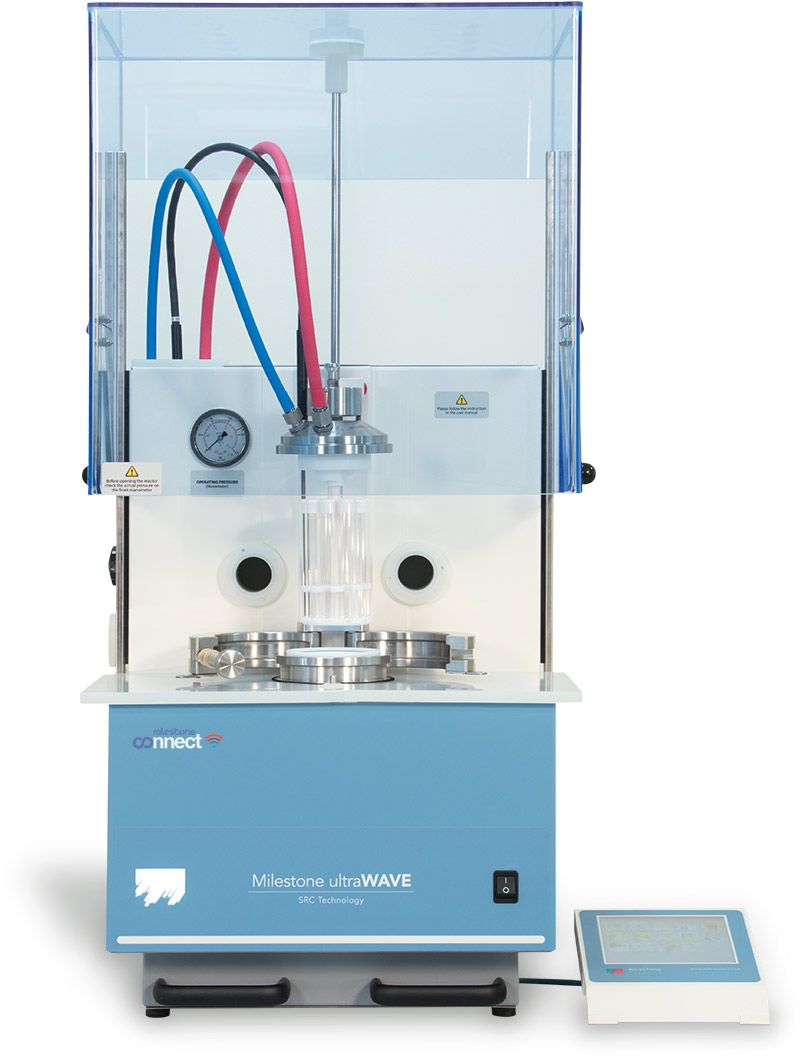
The ultraWAVE fully endorses our vision in microwave sample preparation: it has already revolutionized and enhanced the way analytical chemists think to sample preparation for trace metal analysis in hundreds of laboratories all over the world.
The ultraWAVE fully endorses our vision in microwave sample preparation: it has already revolutionized and enhanced the way analytical chemists think to sample preparation for trace metal analysis in hundreds of laboratories all over the world.